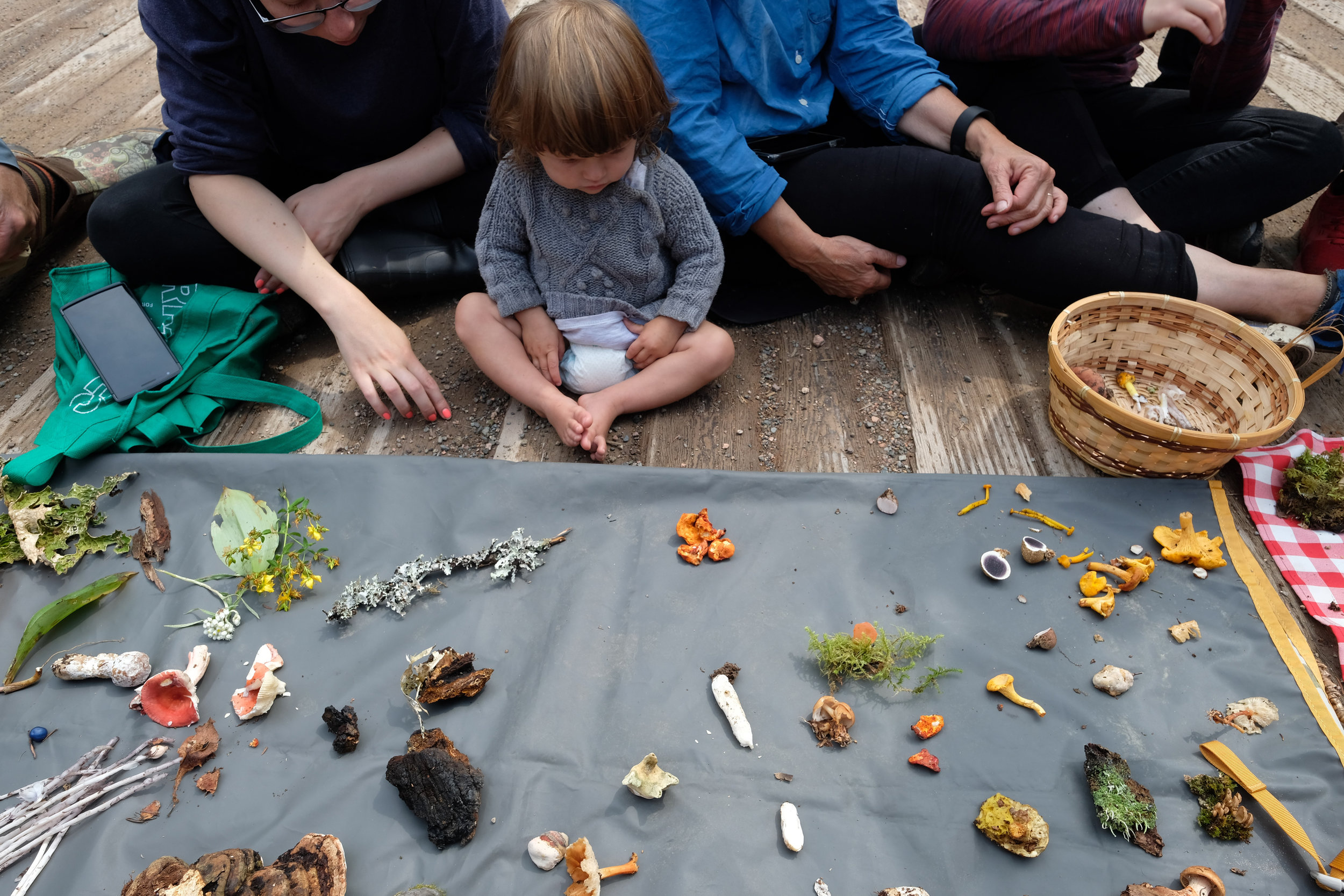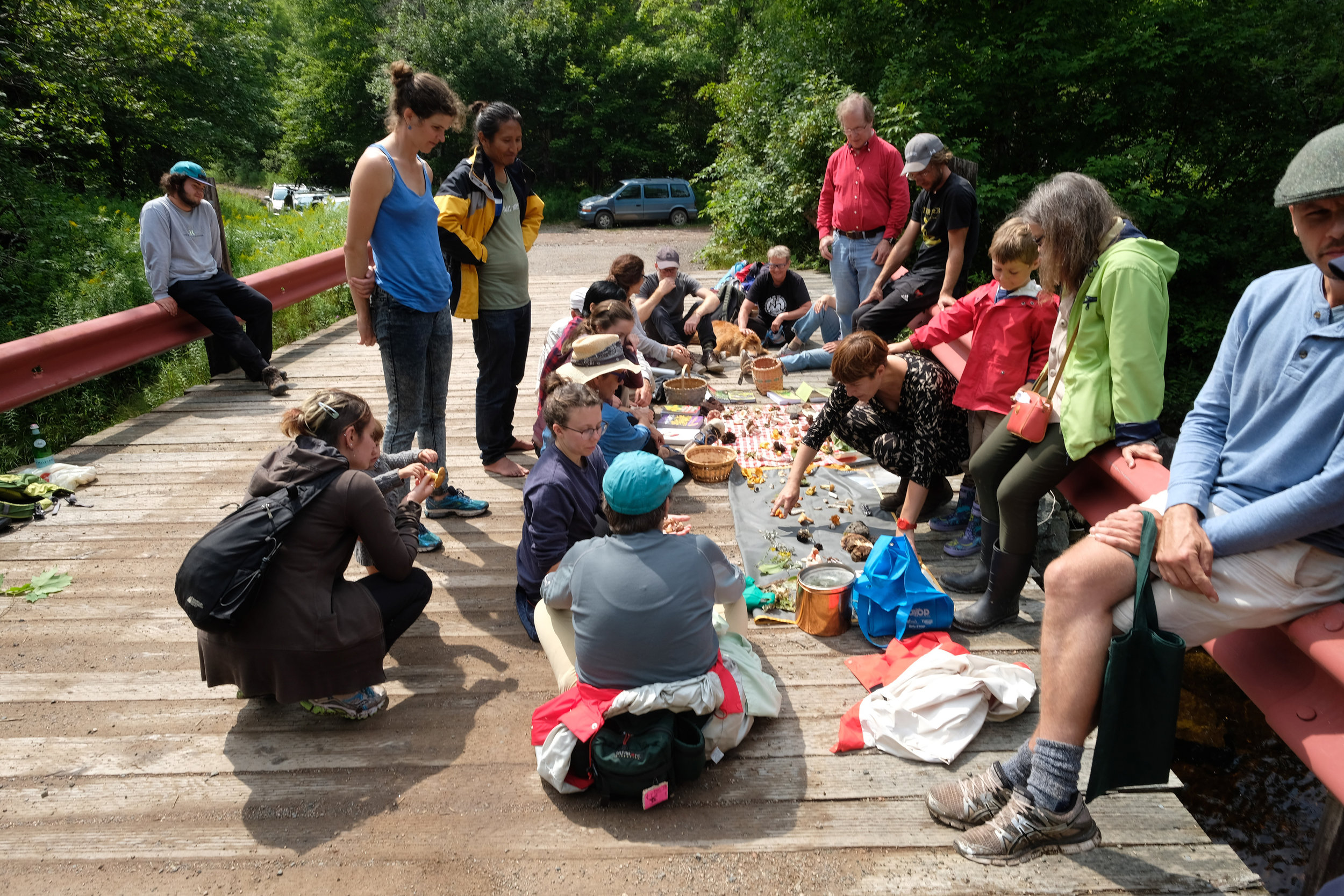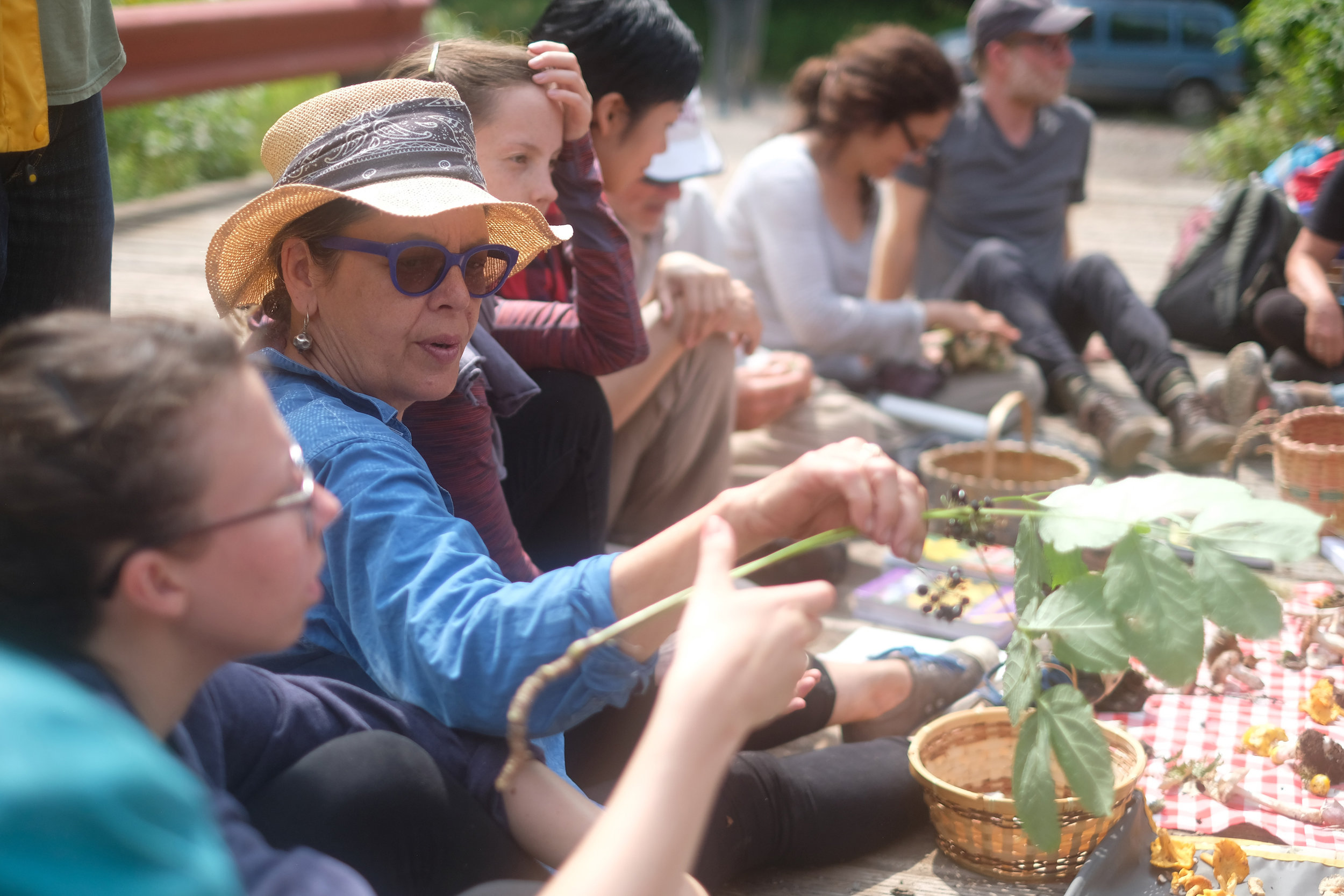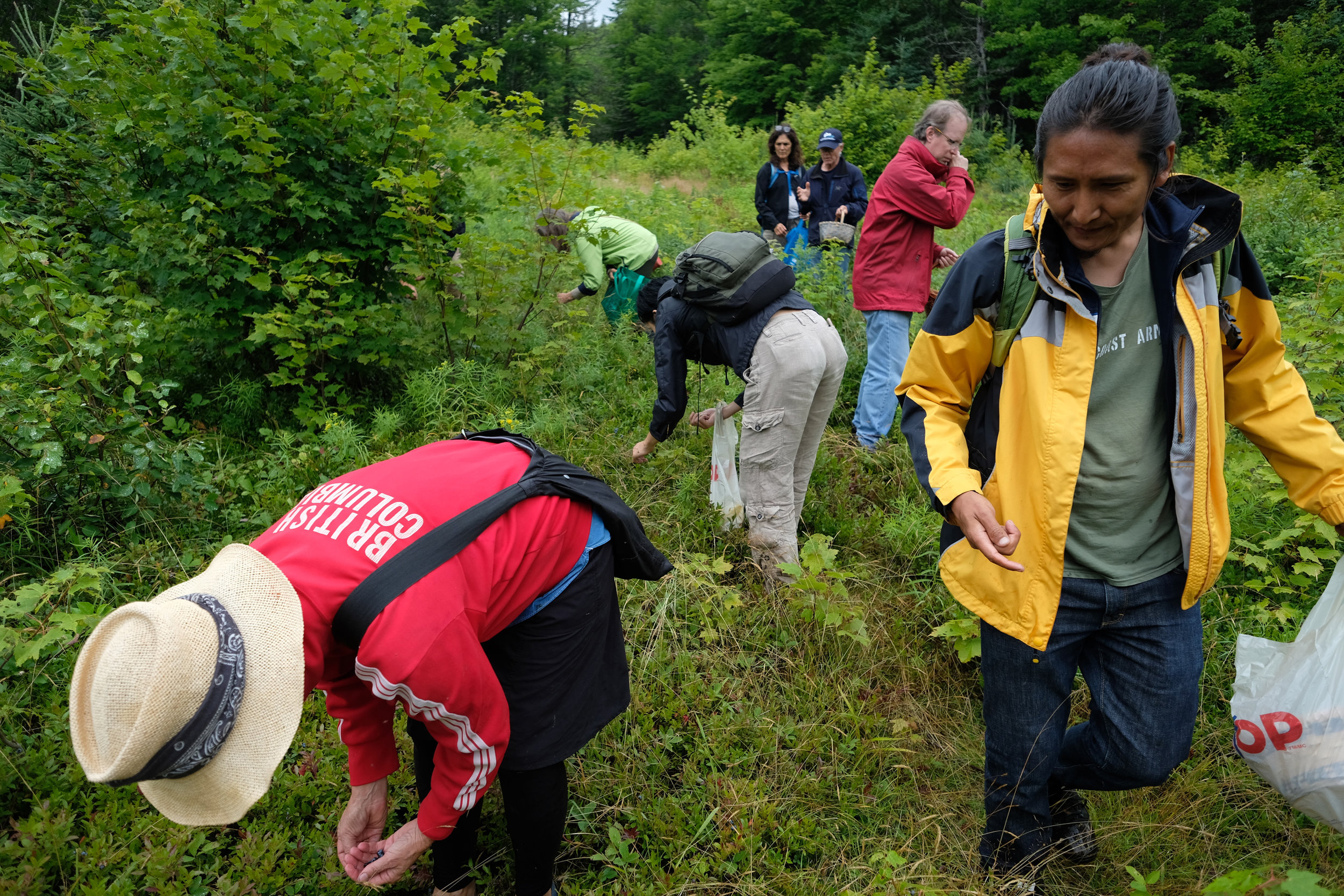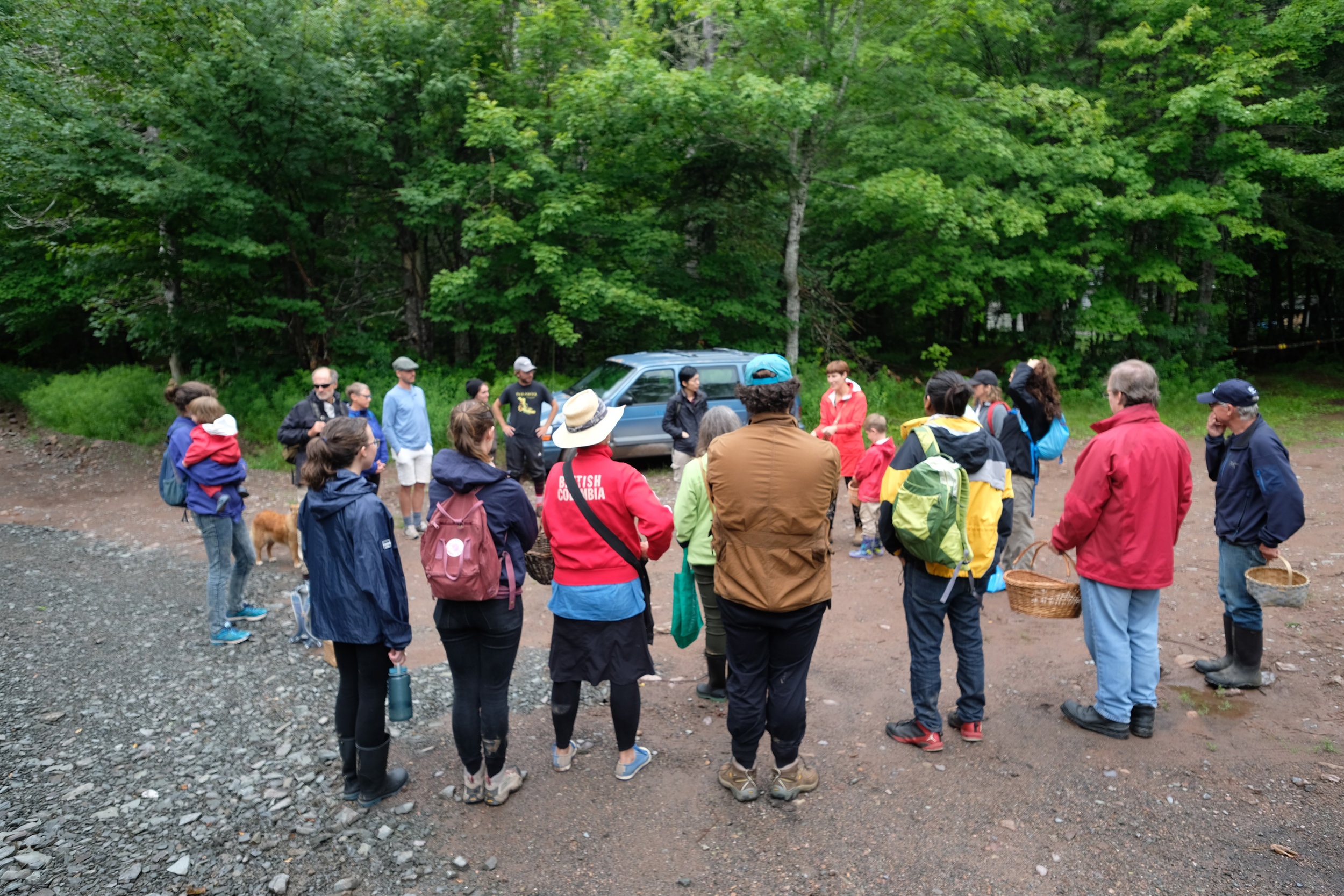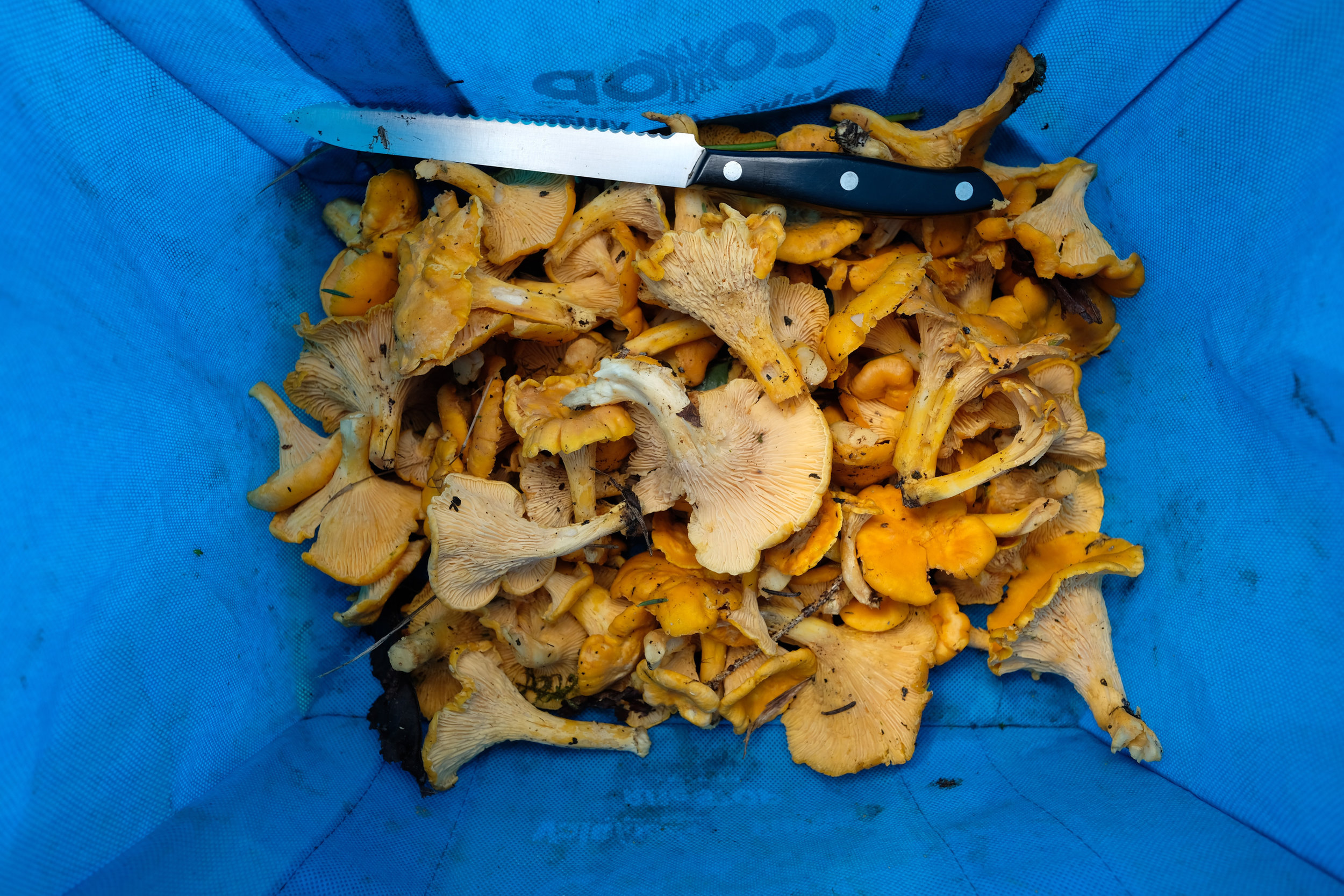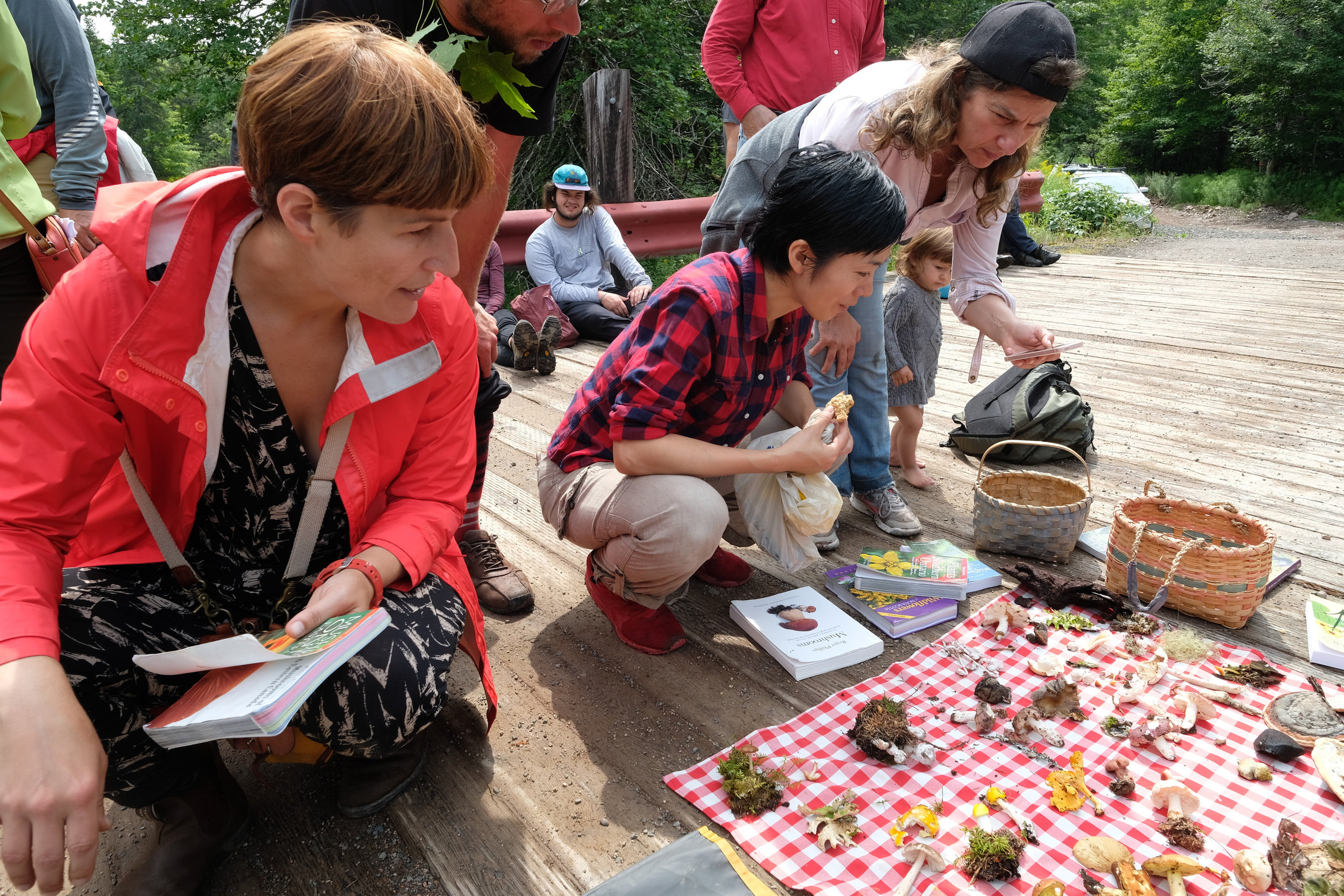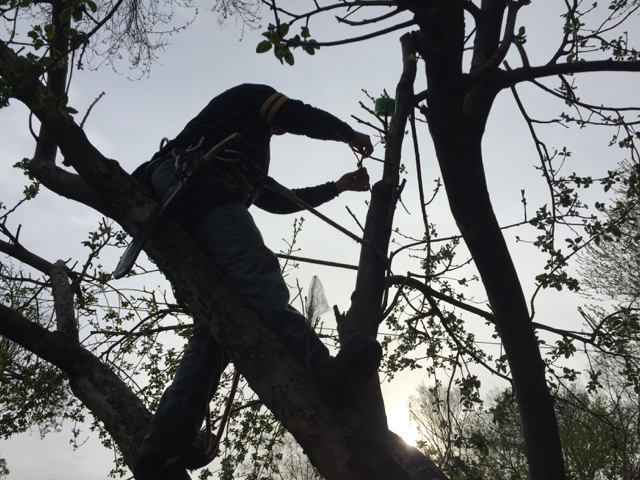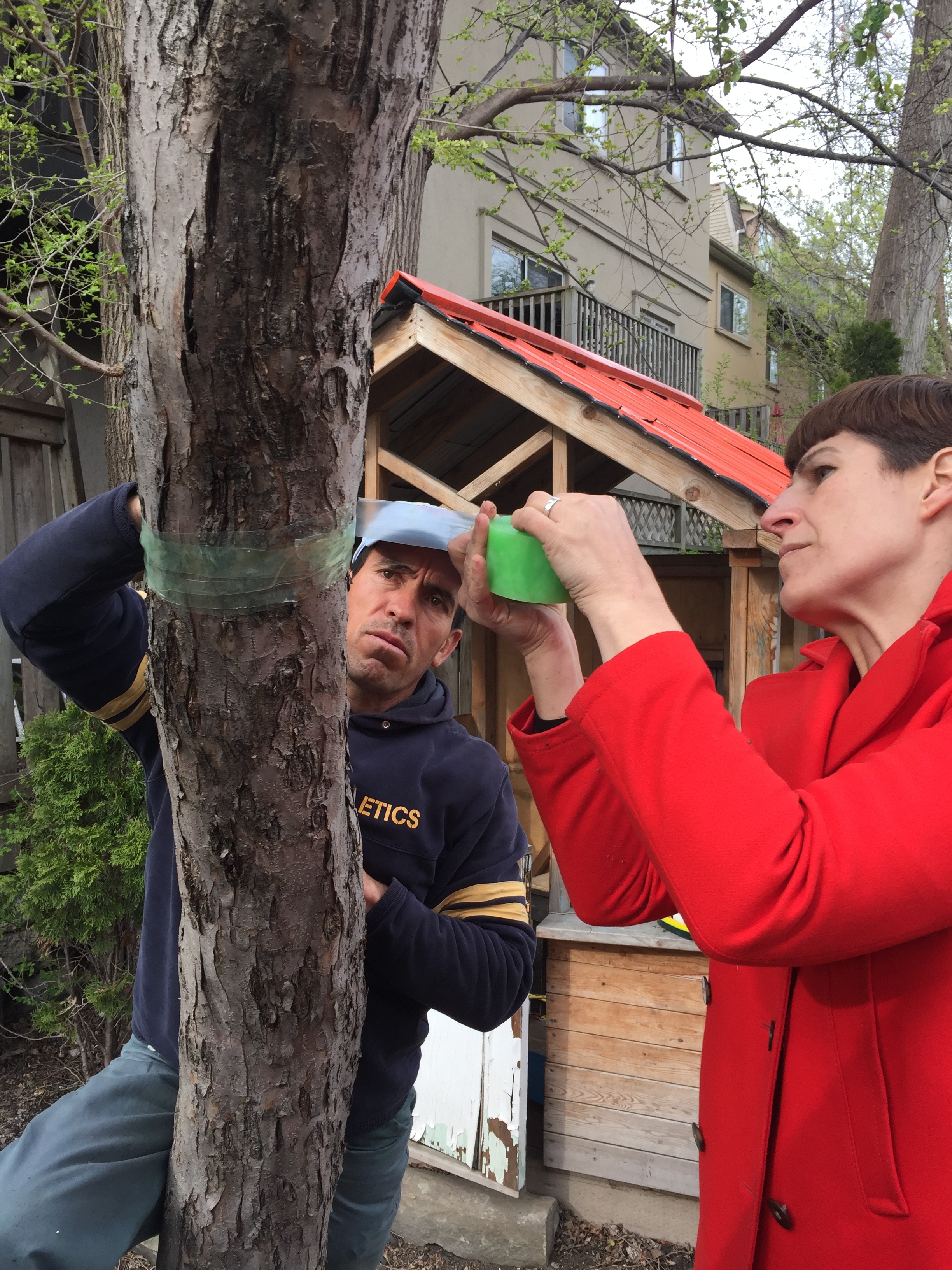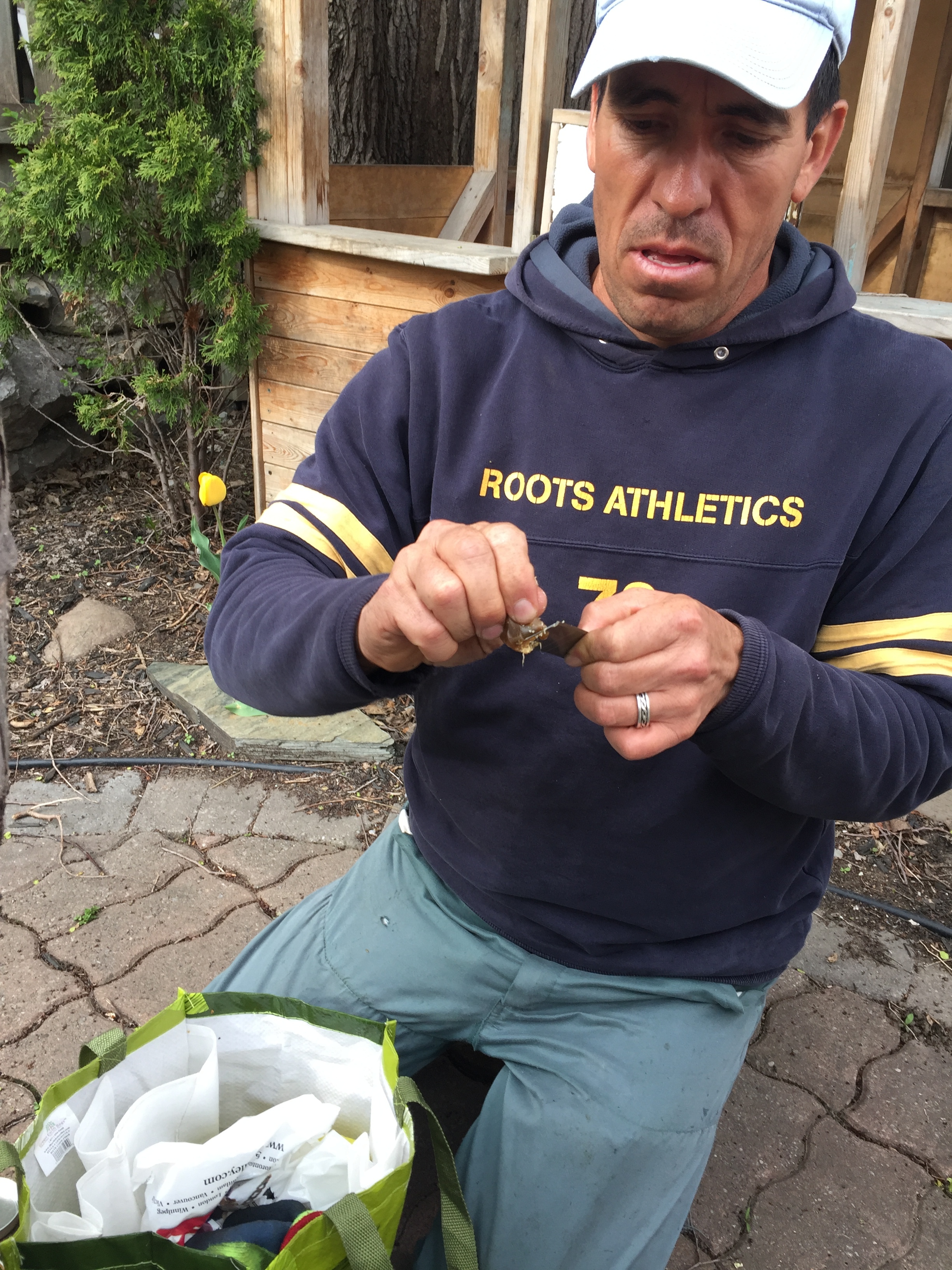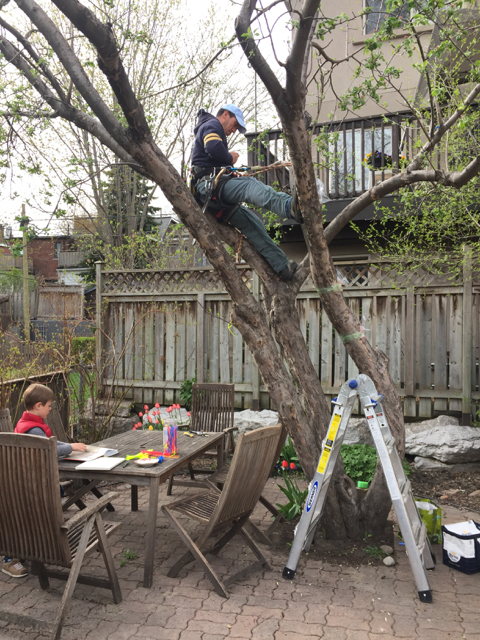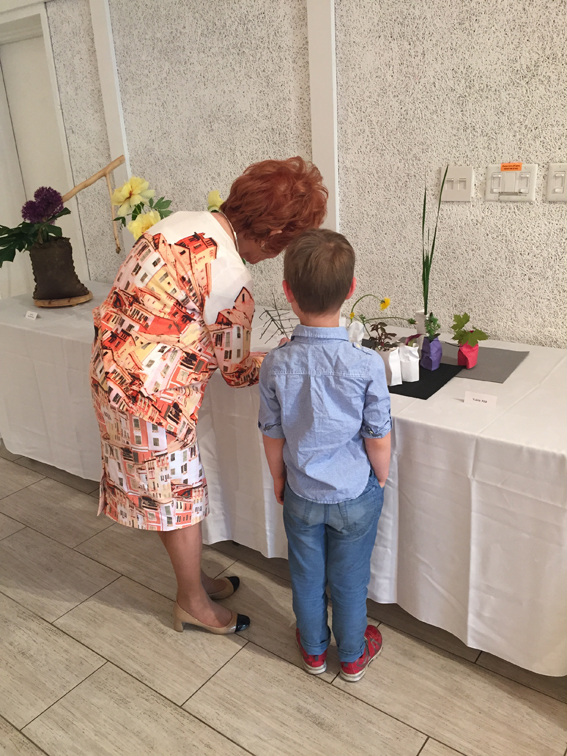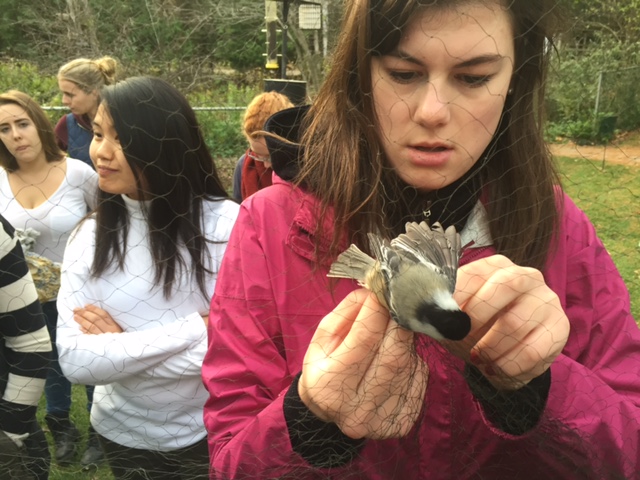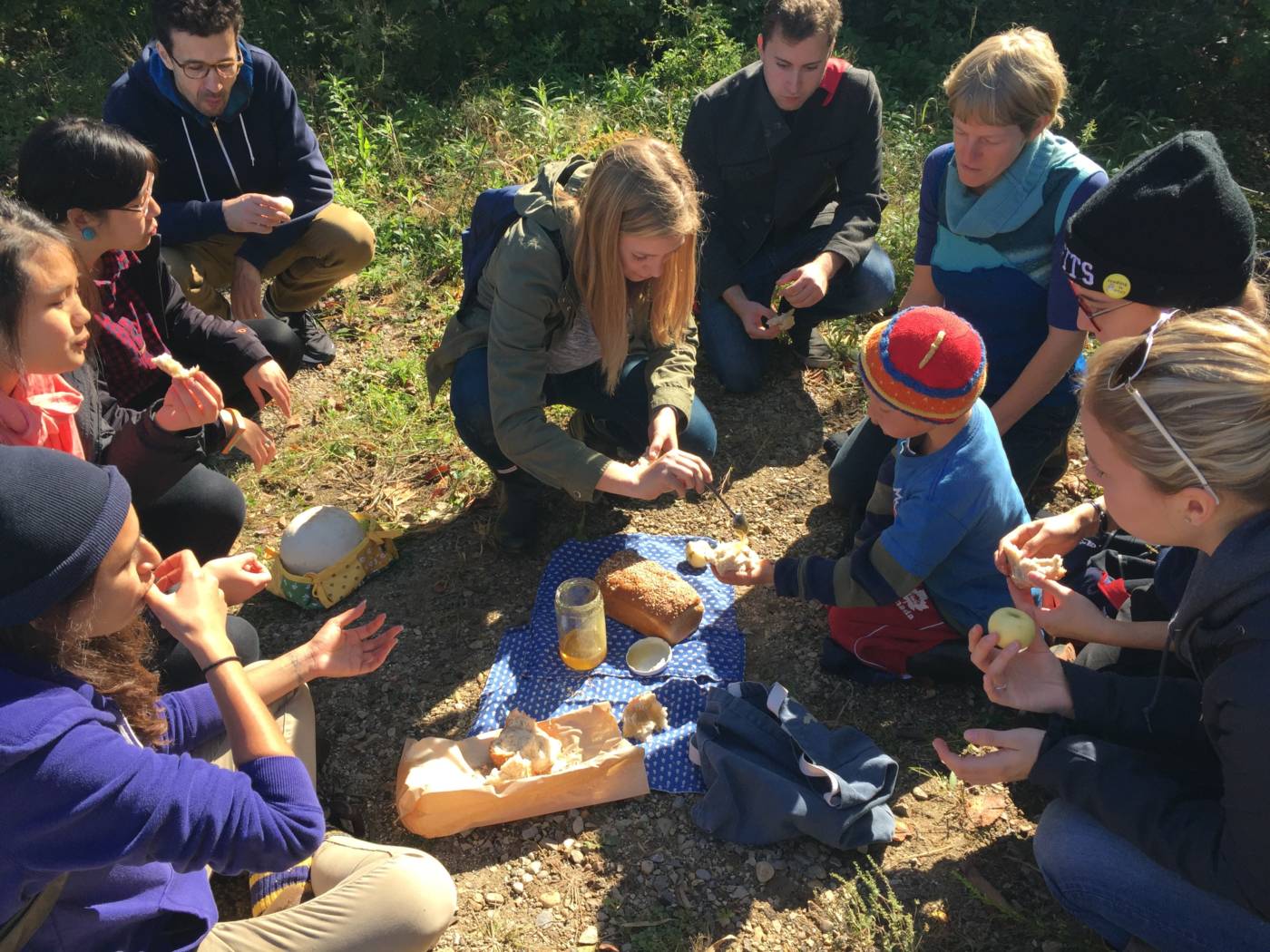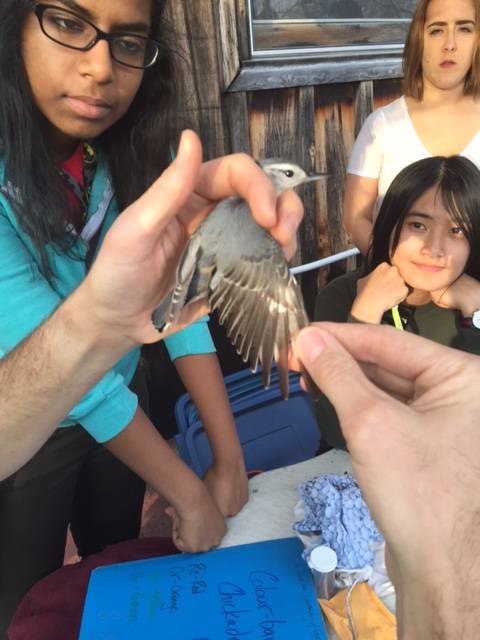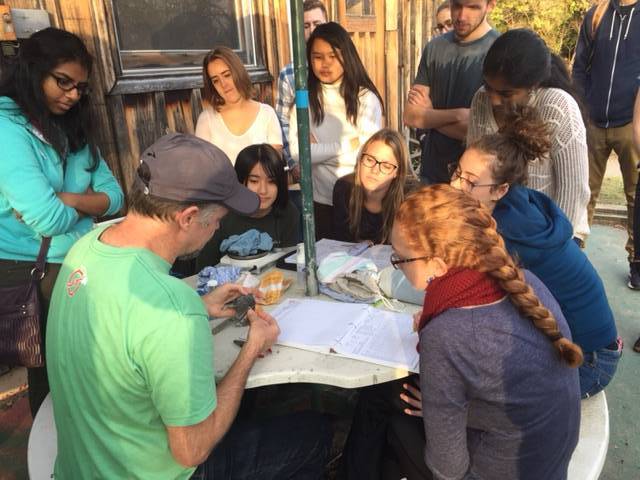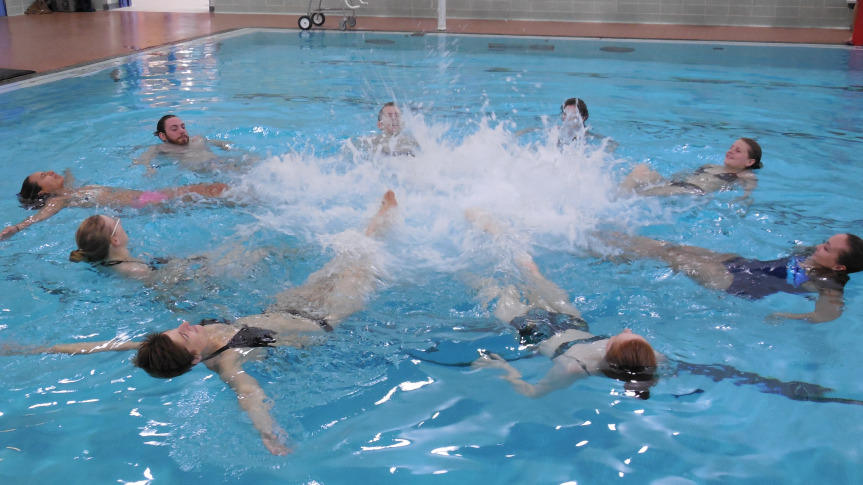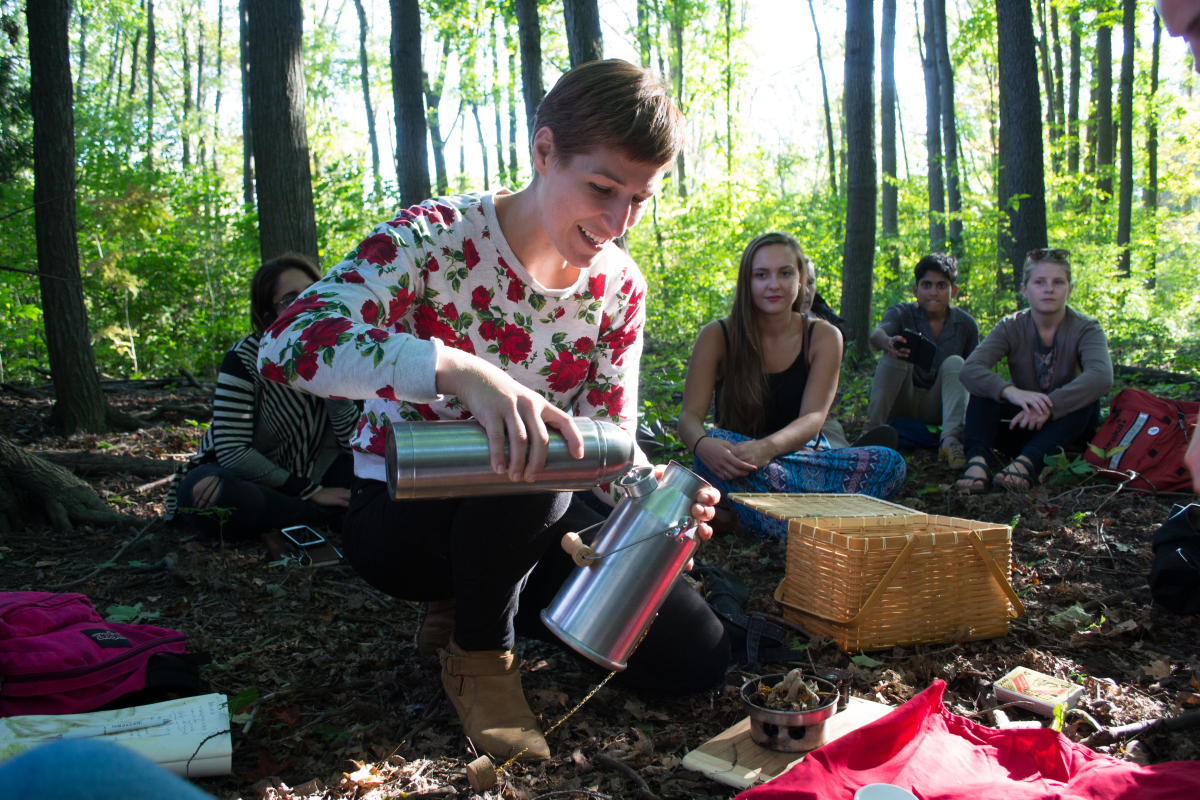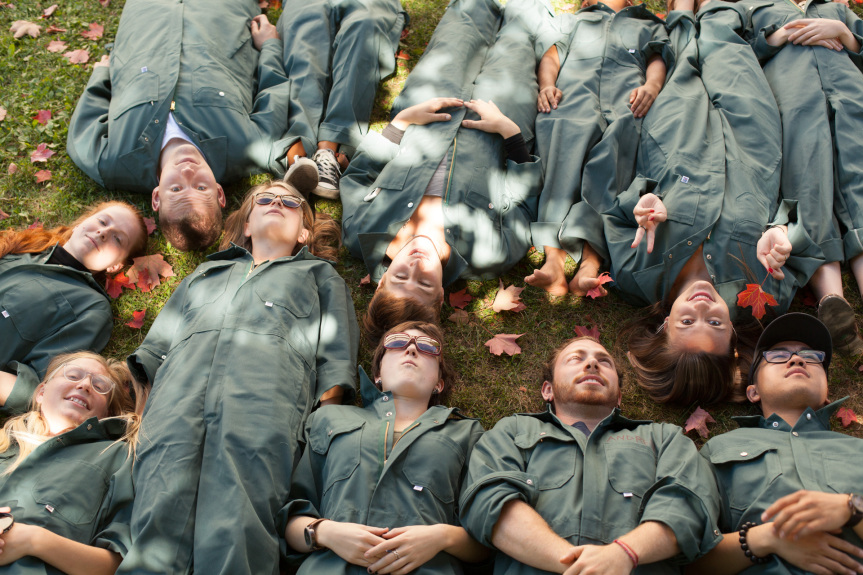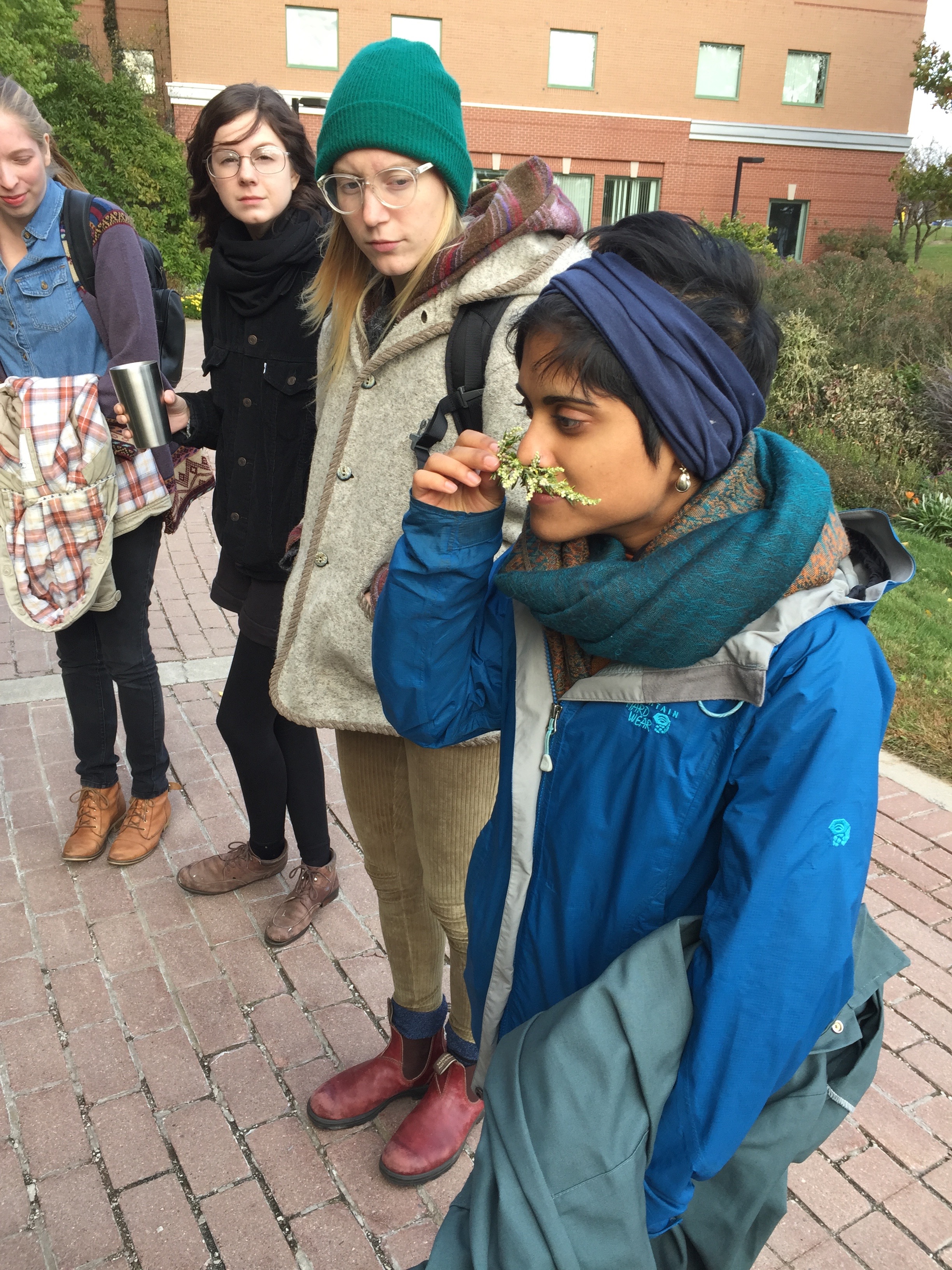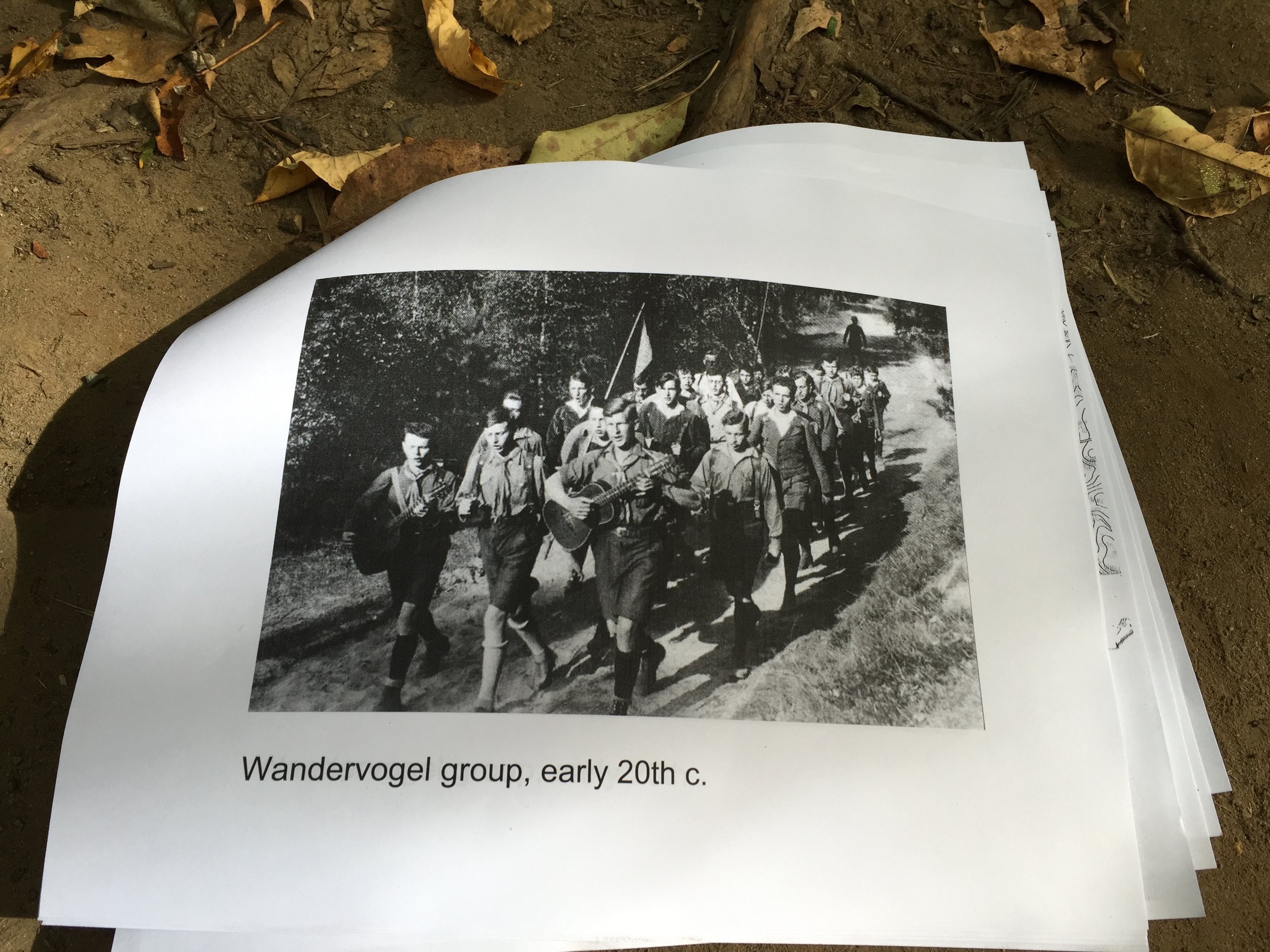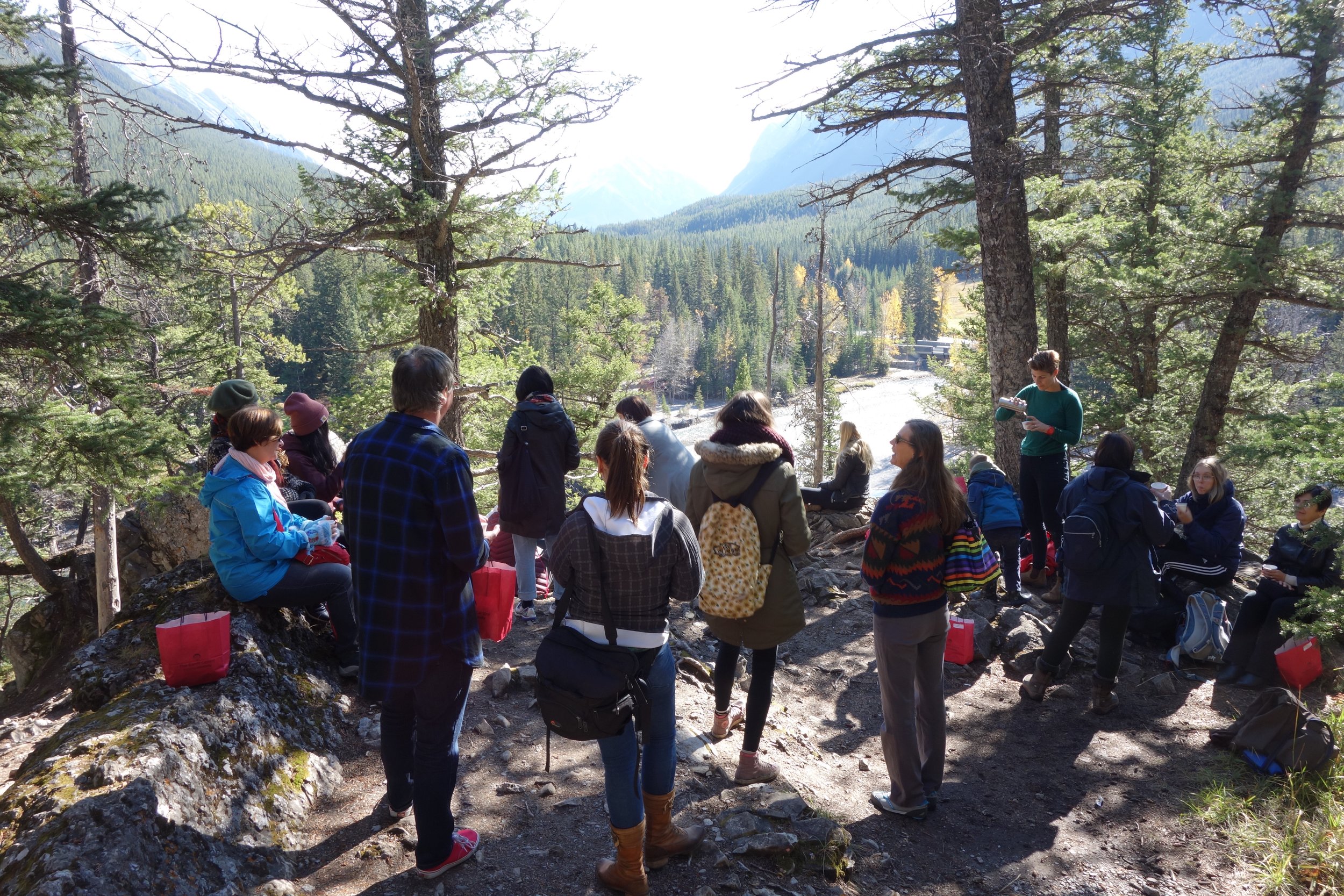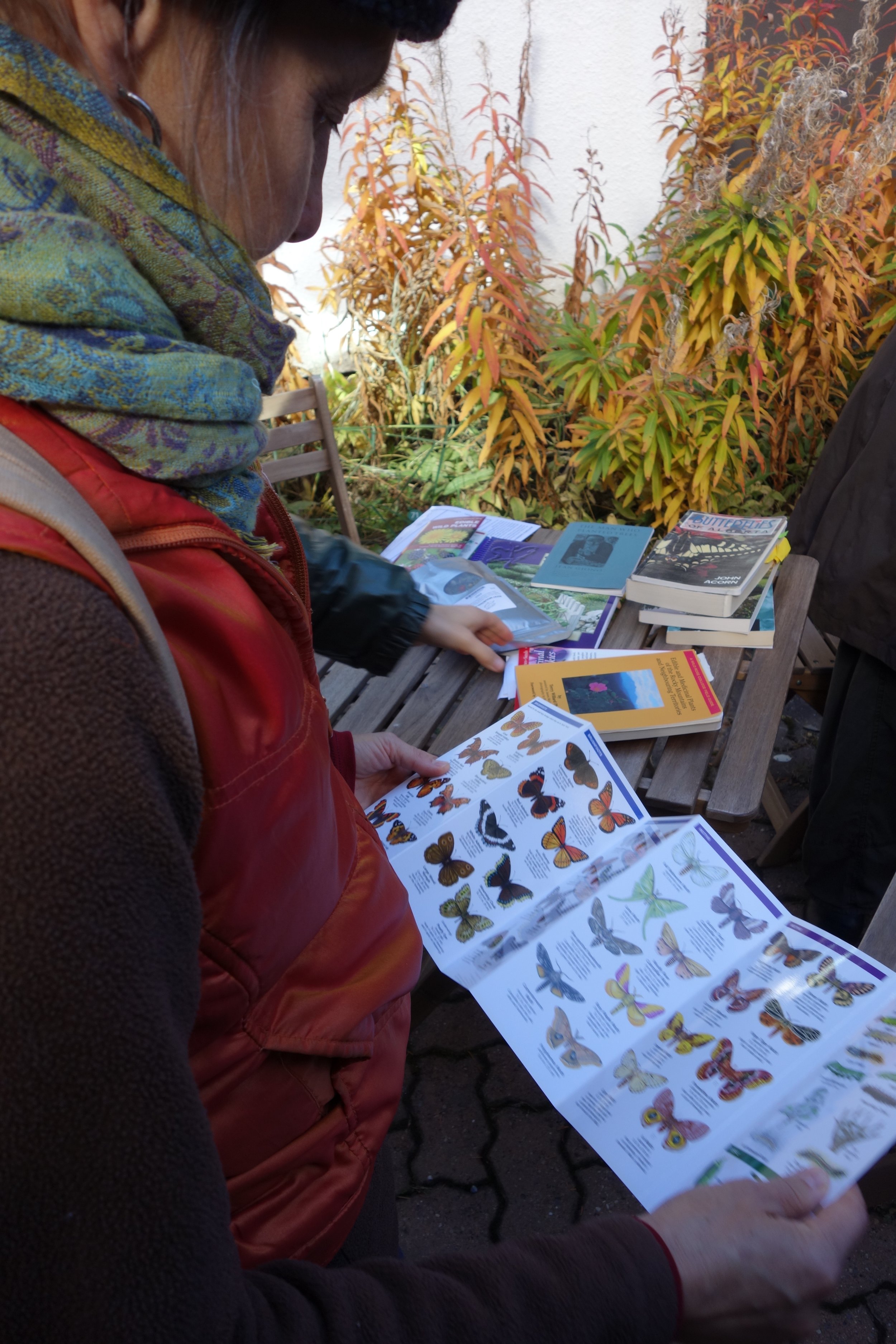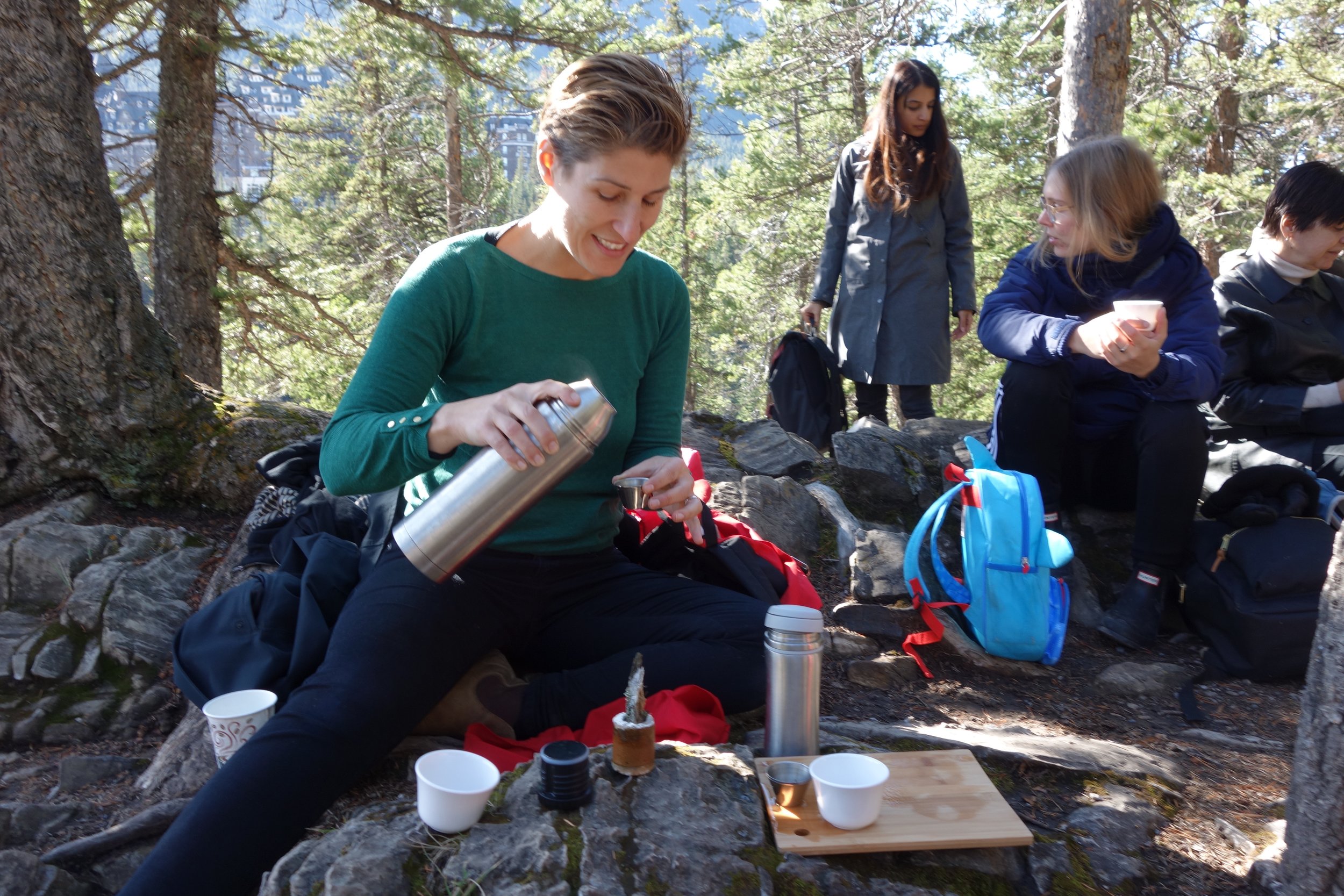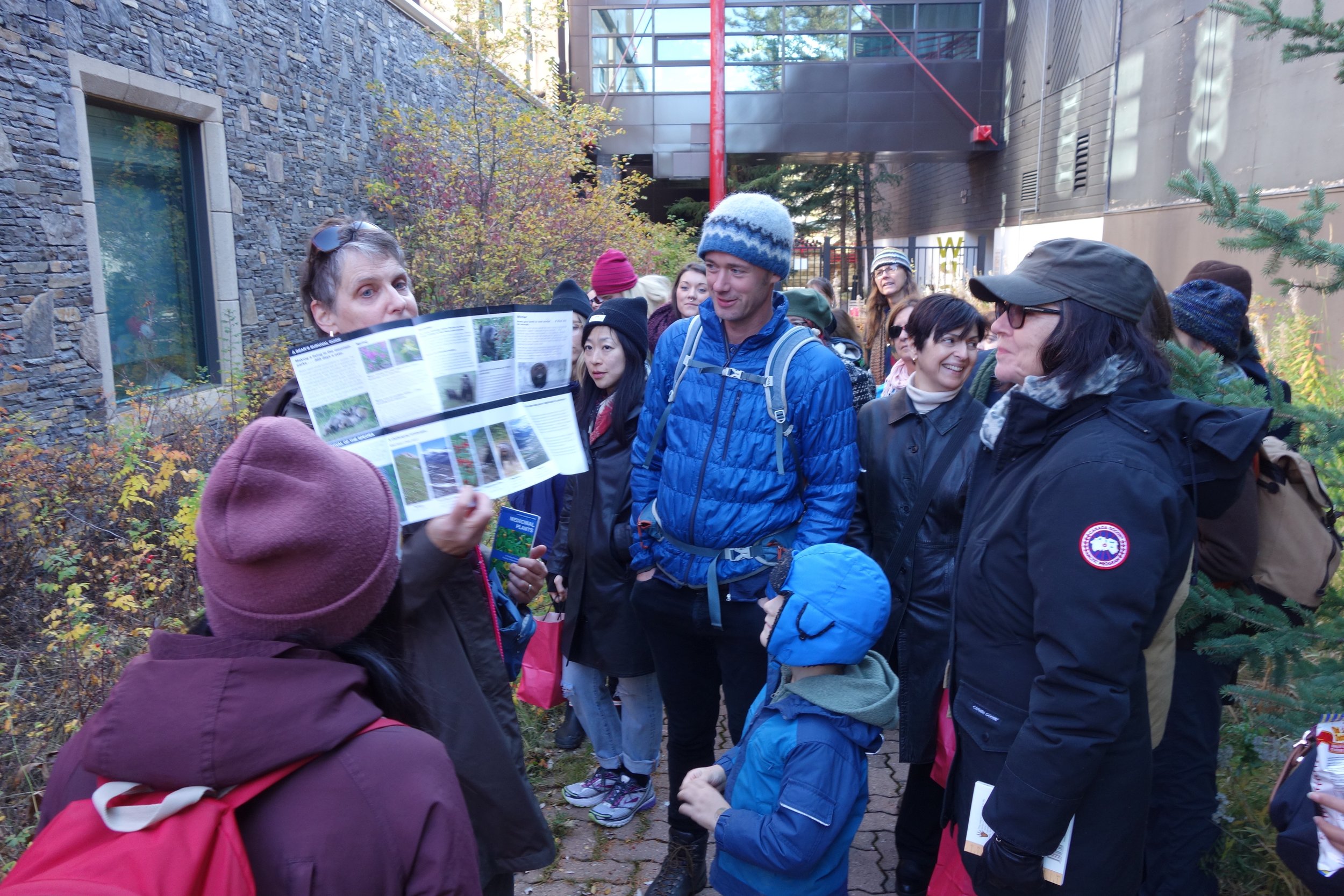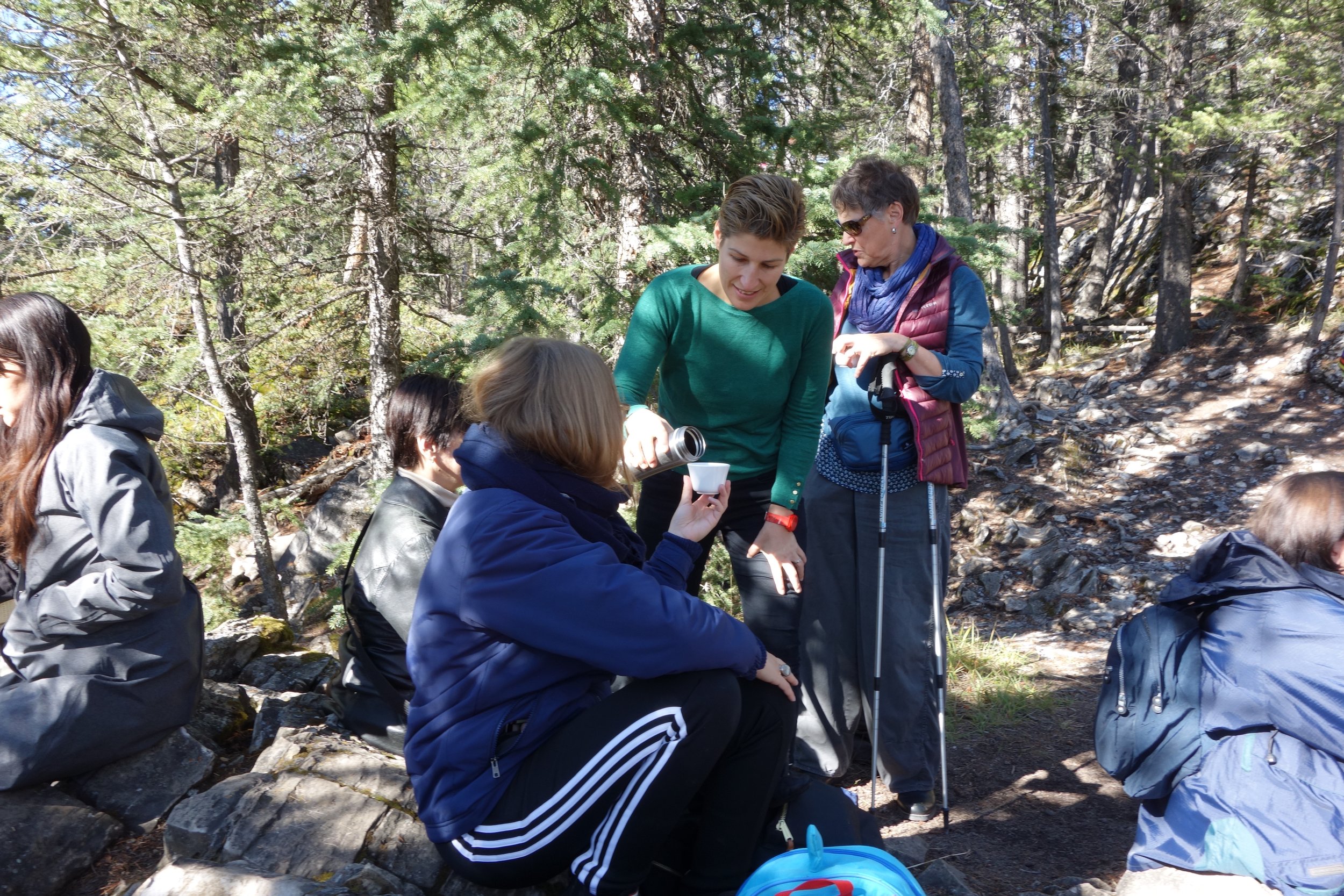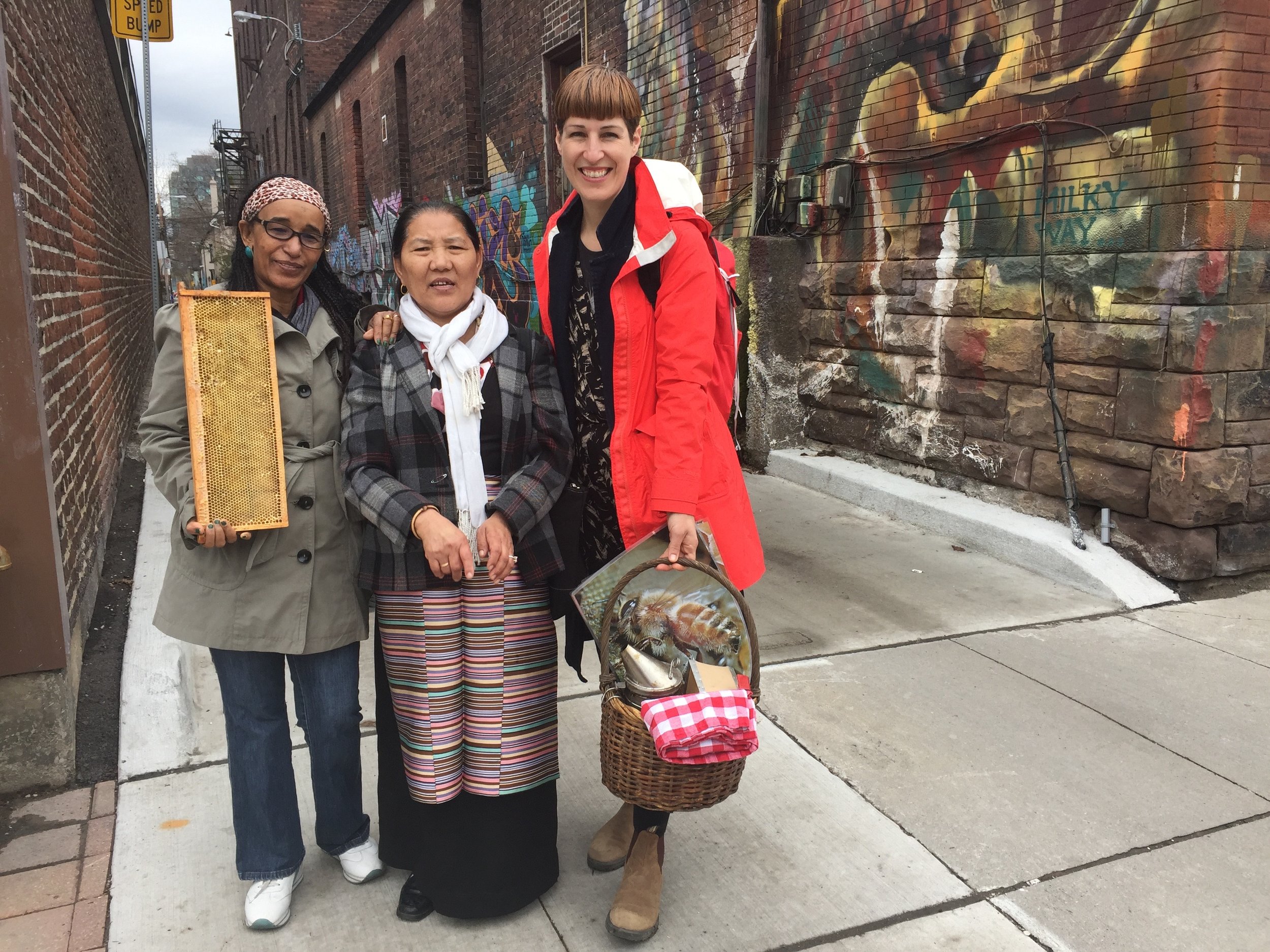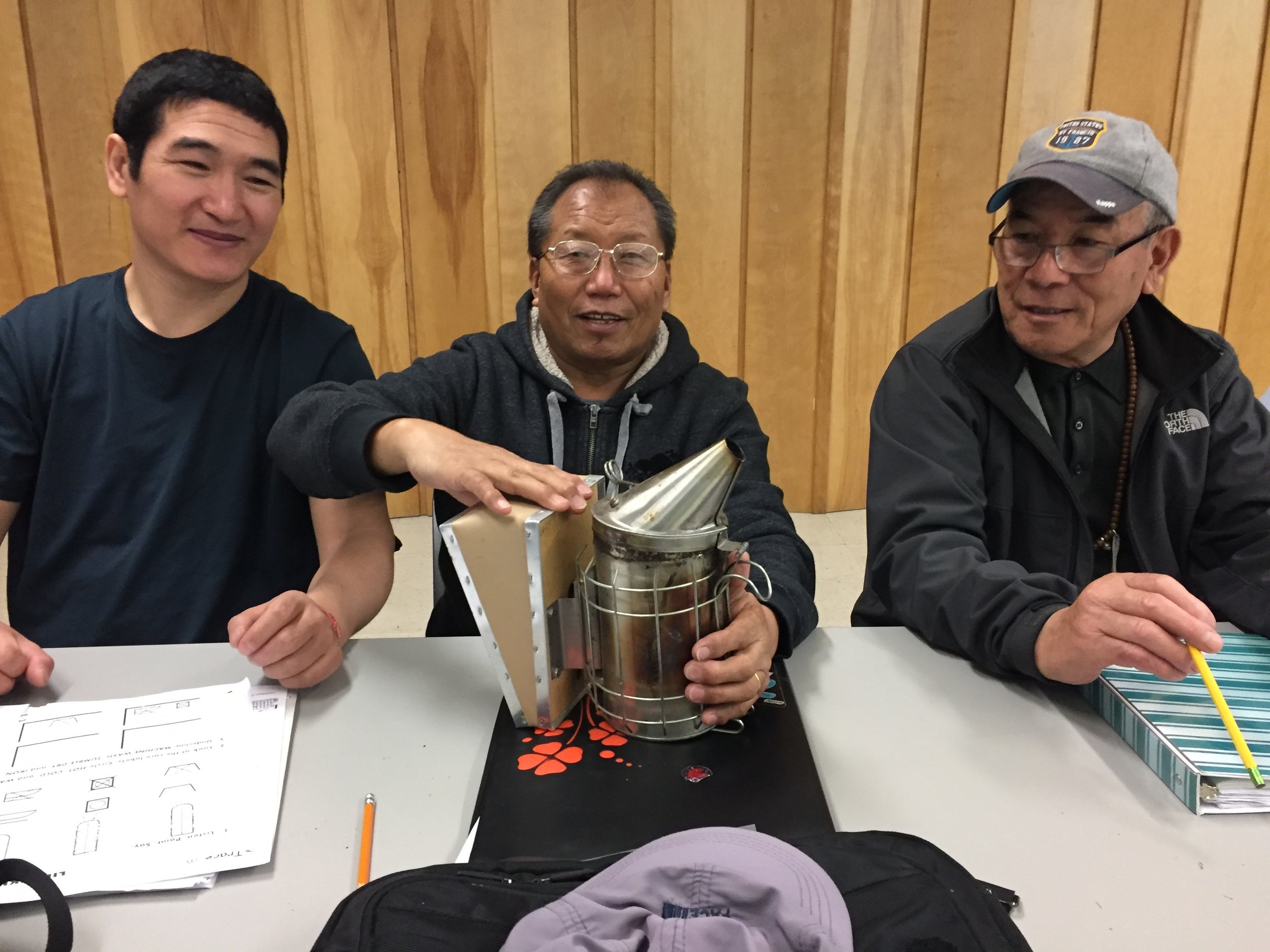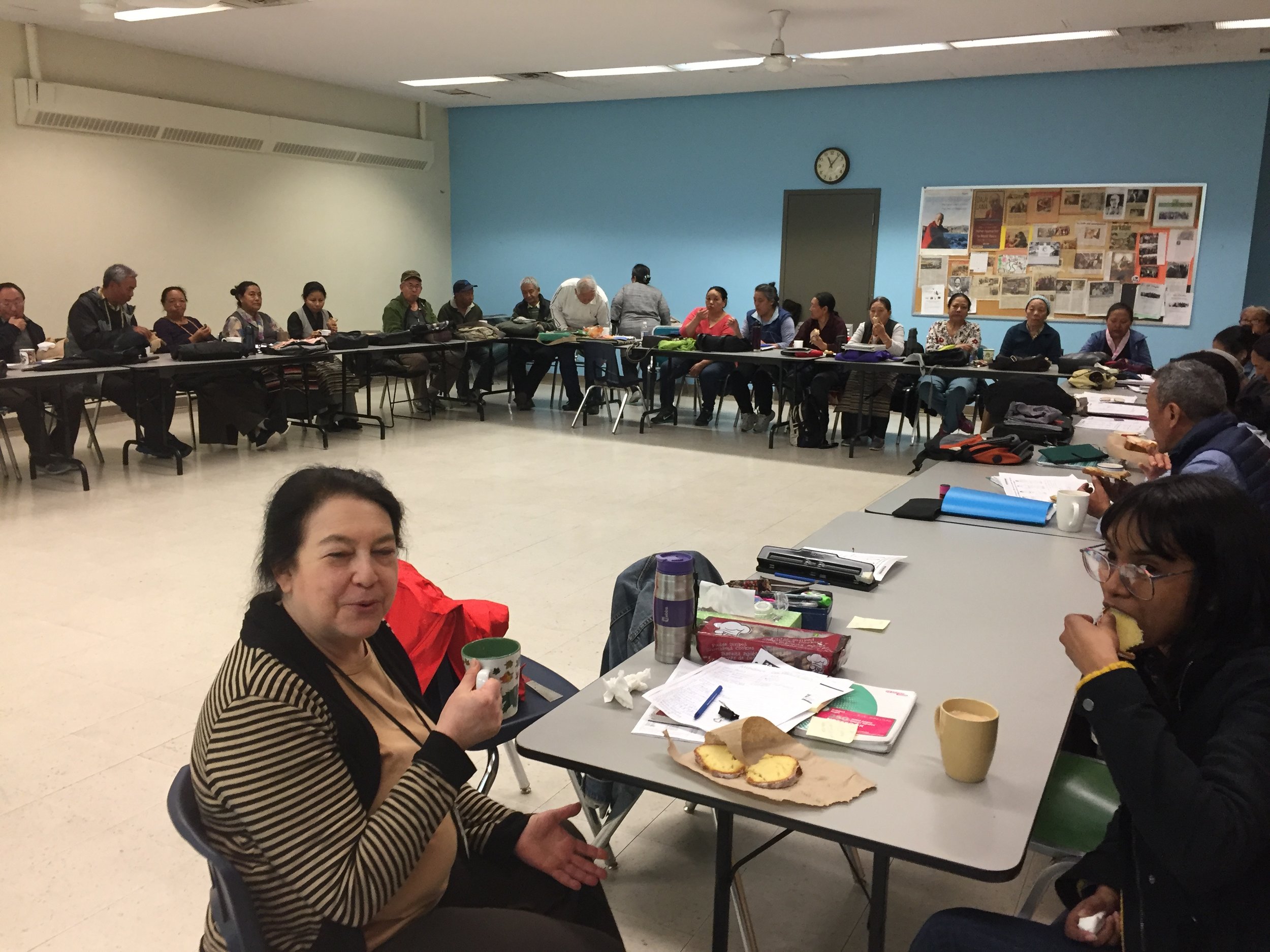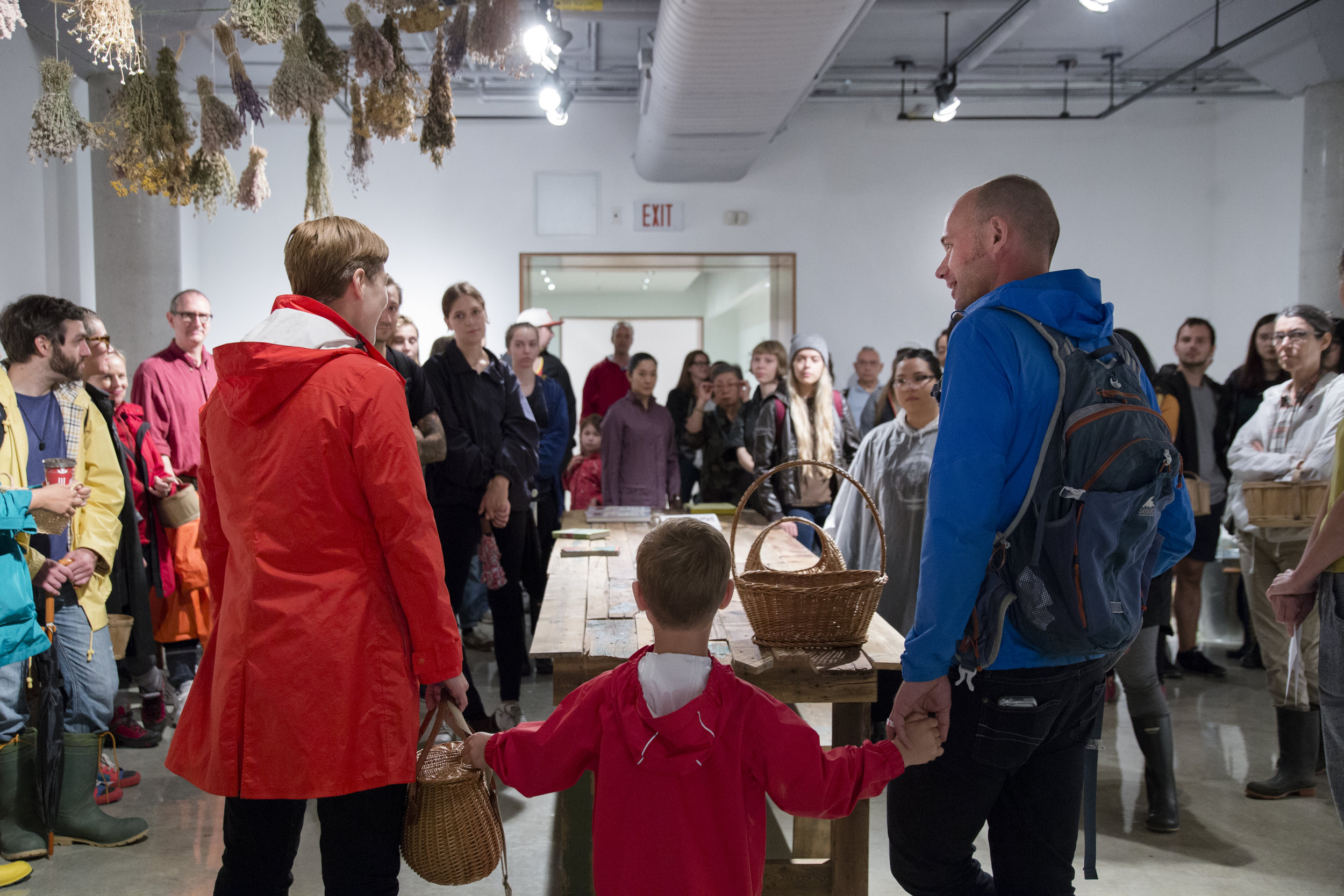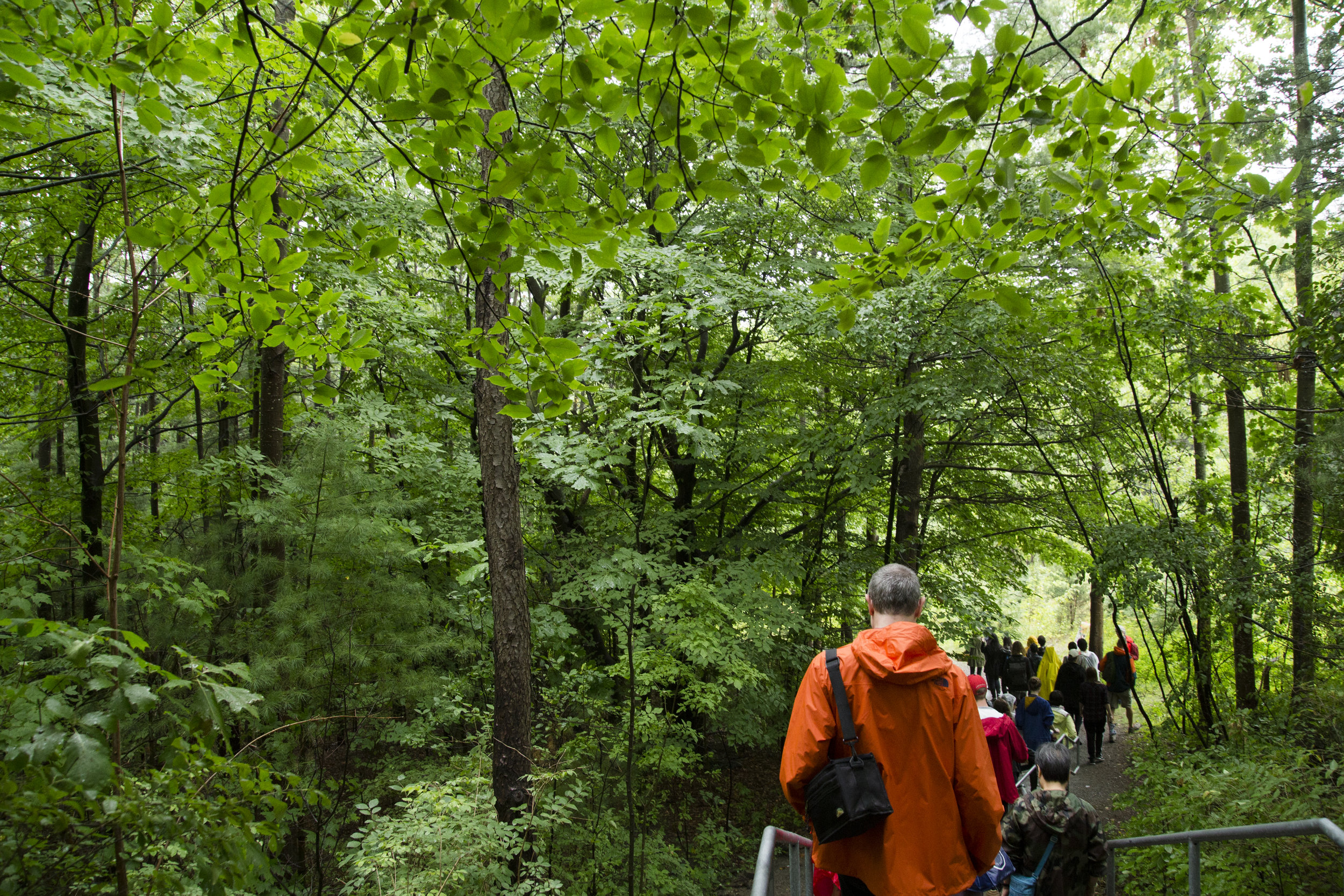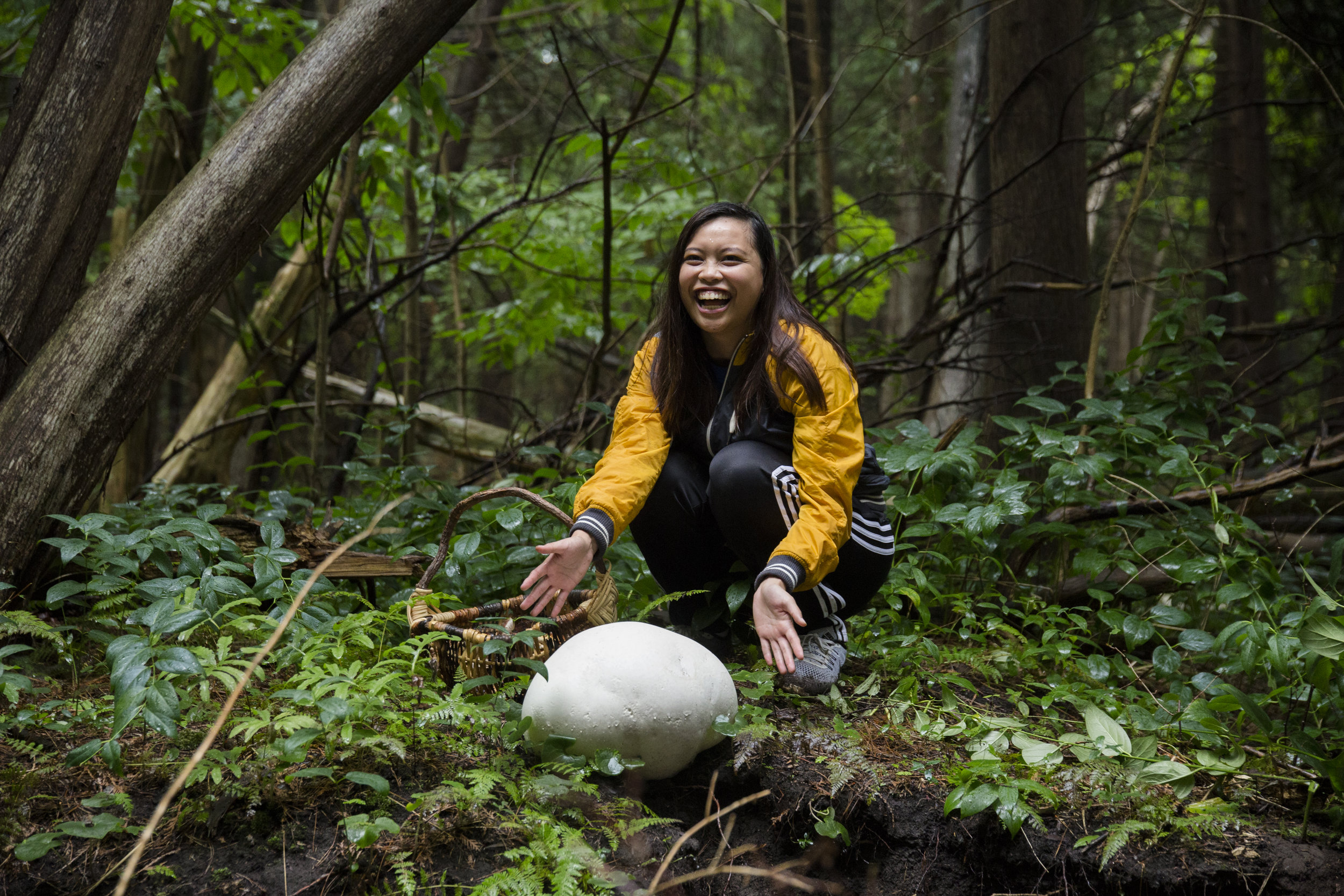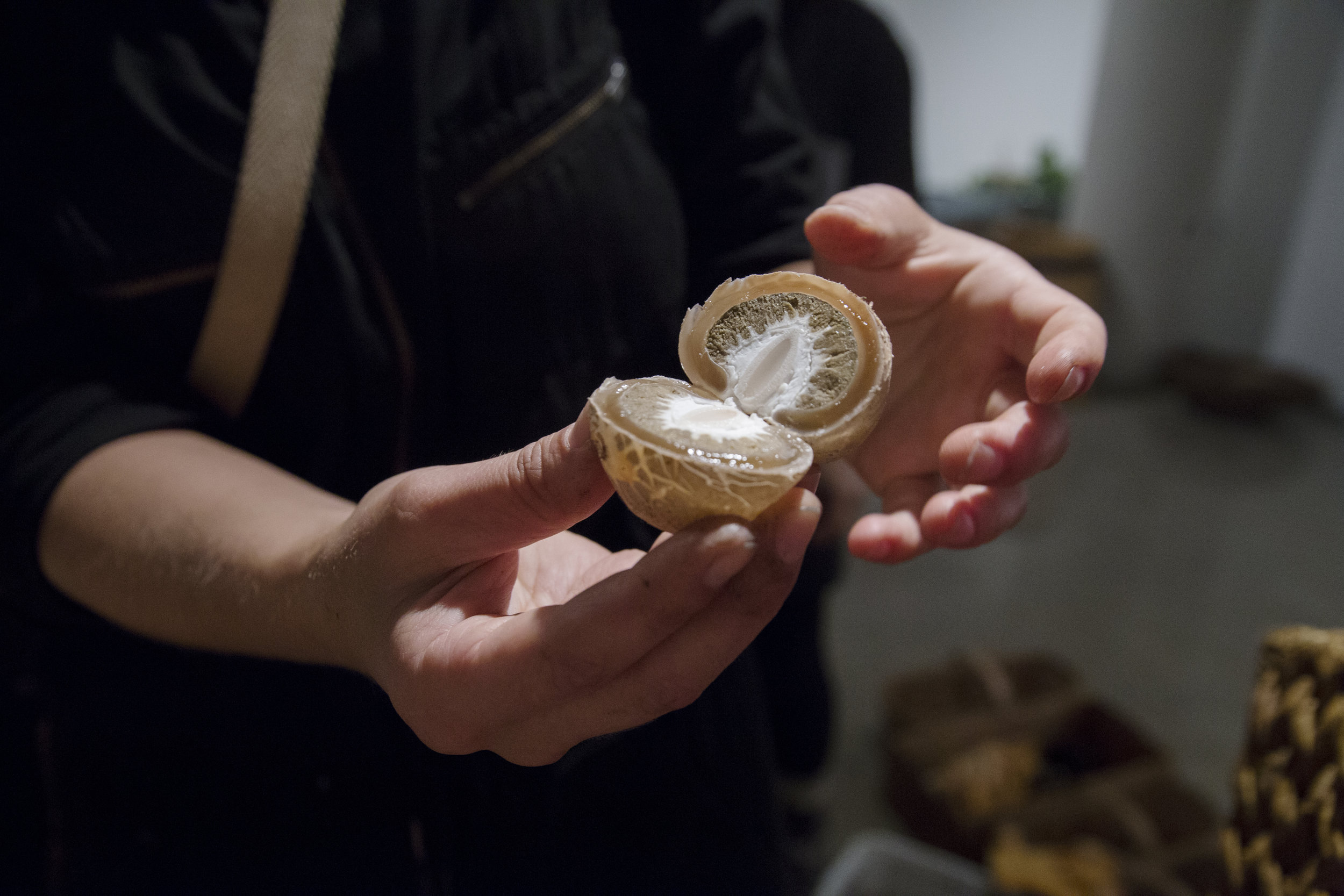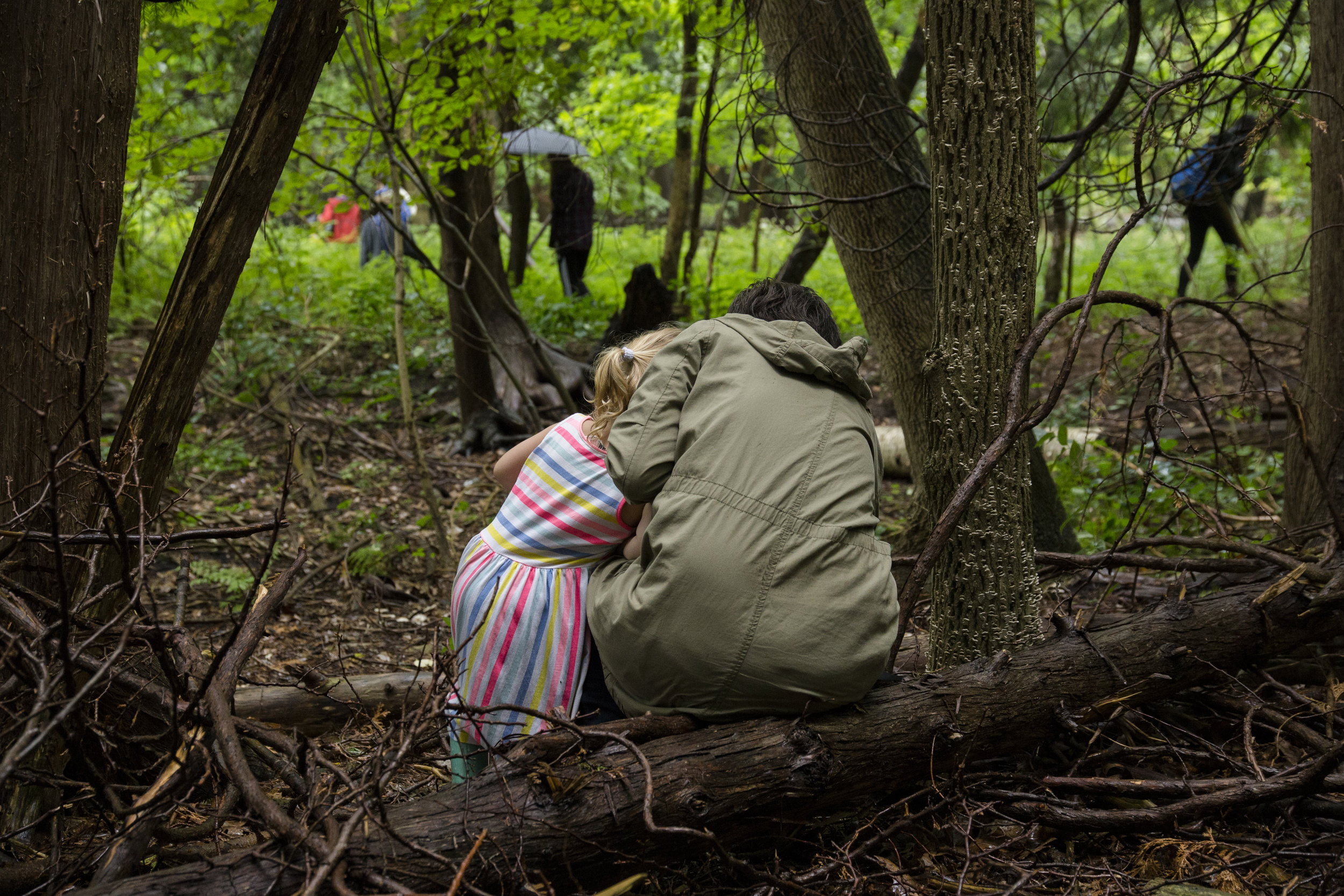Of more than 30 grafted branches, about 5 of them are surviving. We used various techniques including whip and bark grafting - and estimate there are now at least 3 different varietals of apple on my test tree.
This work is my beginning research on apple grafting, apple tree care and unusual apple varietals - toward a larger project involving the ongoing planting of unusual apple varietals in various locations entitled Orchard.
Orchard is an ongoing sculpture project I am developing to plant apple trees of rare, unusual or eccentric apple varietals in various locations - creating a dispersed orchard as public art. I have been developing relationships with orchard professionals and researching uncommon apples - including black apples, sheep-nosed apples, apples that have been cultivated since the Roman empire, apples that taste like butterscotch, or have red flesh, and more.
The work requires a special commitment on behalf of a hosting institution, to properly maintain the tree (or multiple trees) on an annual basis and sustain them for their natural lifespan. And as the trees grow - they can create a flexible, programmable site of interest to a wide public outside of the museum. In contrast to the “white cube” of the gallery, trees that are a part of Orchard could be activated by artists and naturalists in various ways according to season and weather, with grafting workshops in spring, picnic symposia in the summer, cider making and apple tasting/cooking in the fall.
For serious inquiries about obtaining and caring for an apple tree as part of this public artwork, contact me: dianeborsato@gmail.com



